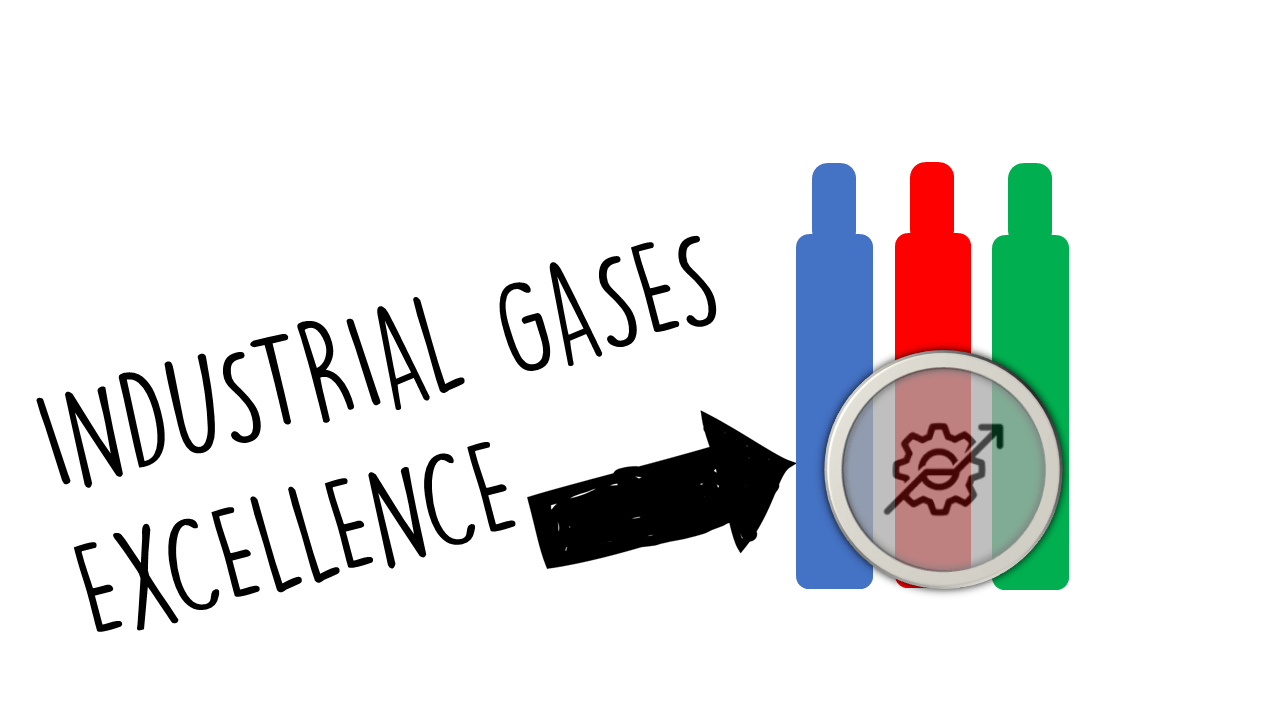In the industrial gas business, cross-selling is a valuable strategy, and effective framing and reframing can enhance the success of these efforts.
Here’s a detailed look at how to approach cross-selling, along with strategies for framing and reframing your offers.
Cross-Selling
Cross-selling refers to the practice of selling additional products or services to existing customers. In the context of industrial gases, this might mean offering related products and services alongside the primary gas supply.
Opportunities for Cross-Selling
- Related Gases: If a customer is purchasing a specific type of gas (e.g., oxygen), you can suggest complementary gases (e.g., acetylene or argon) that can enhance their processes.
- Equipment and Accessories: Propose equipment that supports gas use, such as regulators, flow meters, and gas delivery systems.
- Services: Offer maintenance services for gas equipment, safety training, leak detection services, or consulting for process optimization.
- Bulk Ordering: Encourage customers to commit to bulk orders of gases and related products, explaining the economic benefits and convenience.
- Technical Support and Training: Highlight solutions for improving safety and efficiency, such as training on proper handling and usage of gases.
Framing Cross-Selling Opportunities
1. Value Addition
- Frame It As: “By using our premium acetylene with your oxygen supply, you can achieve better cutting speeds and lower operation costs.”
- Why: This positions the add-on as a way to enhance their current operations rather than just an additional cost.
2. Holistic Solutions
- Frame It As: “Our complete gas solution, including delivery systems and safety training, provides you with peace of mind and ensures compliance with safety regulations.”
- Why: This creates a narrative around comprehensive solutions that cover multiple customer needs.
3. Simplification
- Frame It As: “Streamline your operations by sourcing all your gas needs from one supplier. We offer everything from gases to equipment and safety services.”
- Why: Customers appreciate the convenience of a one-stop shop, making it easier to manage their supply chain.
Re-Framing Cross-Selling Conversations
1. From Product Focus to Solutions Focus
- From: “I’d like to sell you an additional gas.”
- To: “Let’s explore how adding this gas can enhance your operations and lower costs.”
2. From Cost Consideration to Opportunity
- From: “This will increase your expenses.”
- To: “Investing in this additional service will yield a strong return by reducing your operational risks.”
3. From Transactional to Relationship-Based
- From: “Would you like to buy this too?”
- To: “As your trusted partner, I want to ensure you have everything you need for optimal performance. Let’s discuss how this can benefit you.”
Strategies for Effective Cross-Selling
Training Your Sales Team
- Equip your sales staff with comprehensive knowledge about not only gases but also related products and services, enabling them to confidently cross-sell.
Customer Segmentation
- Identify which customers are most likely to benefit from cross-sell opportunities by analyzing their usage patterns and specific needs.
Integrated Solutions Packages
- Create bundled offerings that combine gases with complementary products or services at a discounted rate to entice customers to purchase more.
Use of Technology
- Implement CRM systems that track customer purchases and behaviors, making it easier to identify opportunities for cross-selling based on historical data.
Customer Feedback and Engagement
- Regularly engage with customers to learn about their evolving needs and challenges, which can inform your cross-sell strategies.
5 Action Steps for Implementation
Develop Comprehensive Catalogs
- Create clear and detailed product catalogs that illustrate not only gas offerings but also related products and services, highlighting their benefits.
Initiate Proactive Outreach
- Train your sales team to contact existing customers regularly, discussing their needs and suggesting tailored combinations of products and services.
Offer Trials or Demos
- Provide free trials or demonstrations of new equipment or services to encourage customers to explore cross-sell opportunities.
Leverage Case Studies
- Share real-world examples of how cross-selling benefited similar clients, demonstrating tangible results and encouraging customers to engage with additional offerings.
Monitor and Adapt Strategies
- Regularly review cross-selling efforts through performance analysis and customer feedback to refine strategies and improve outcomes.
Conclusion
Cross-selling within the industrial gas business can significantly enhance revenue streams and customer satisfaction. By effectively framing and reframing the conversation around these opportunities, businesses can position themselves as comprehensive solution providers rather than just suppliers of gases. This shift in perspective fosters long-term relationships, builds trust, and ultimately drives greater business success.



